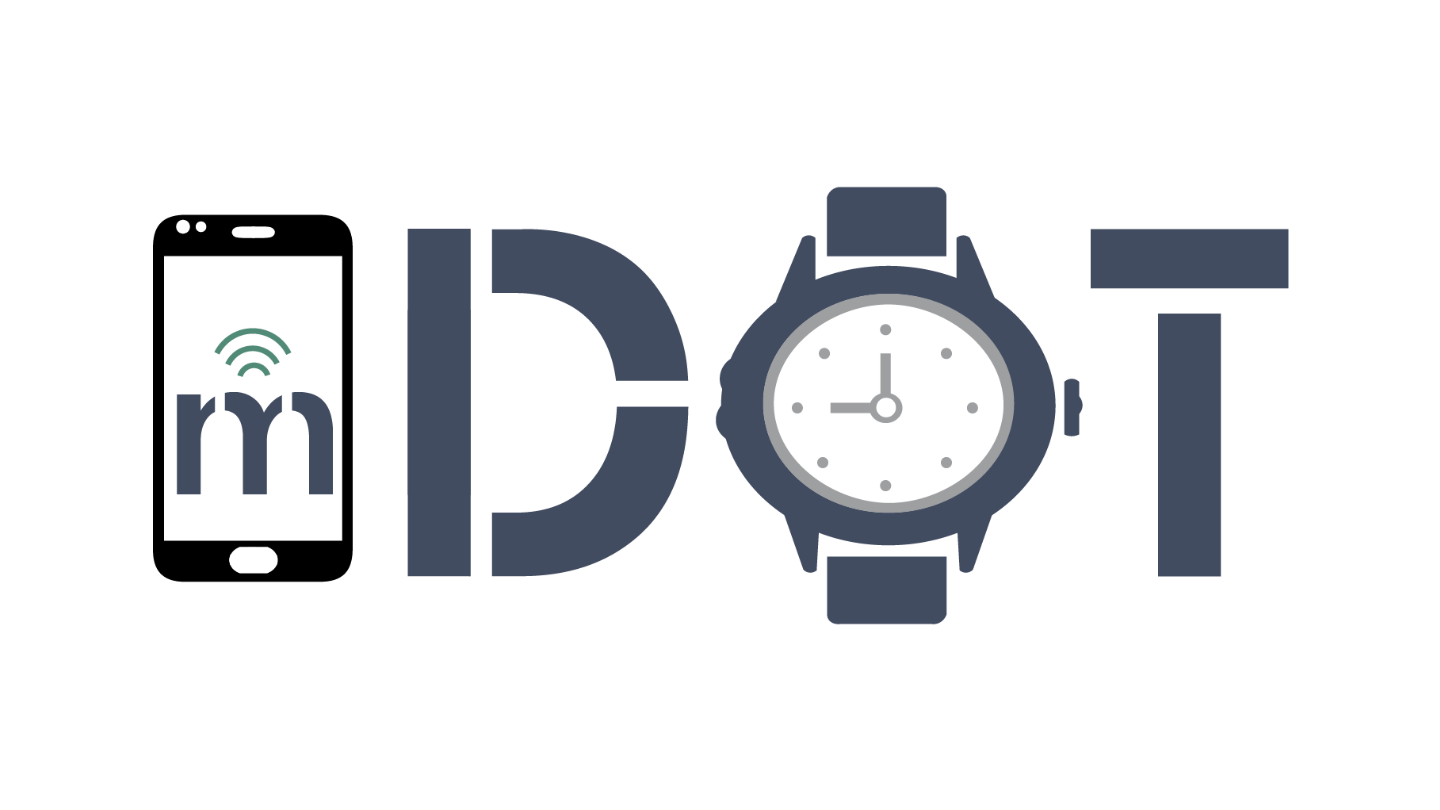
Pulse-PPG: The First Open-Source, Field-Trained Foundation Model Revolutionizing Wearable Health Monitoring
The proliferation of Photoplethysmography (PPG) technology in smartwatches has unlocked tremendous potential for real-time monitoring of diverse health and wellness indicators. However, the dream of ubiquitous health monitoring often clashes with the reality of noisy, real-world data collected outside controlled environments, where motion artifacts, ambient light, and sensor variability severely undermine signal quality.
Today, researchers from the University of Memphis and the University of Illinois Urbana-Champaign are announcing a major step forward with the introduction of Pulse-PPG, an open-source PPG foundation model. Pulse-PPG establishes a new benchmark for developing robust mHealth solutions, specifically designed to thrive in the complex, noisy conditions of daily life.
A Foundation Built on Real-World Variability
The emergence of Foundation Models (FMs) has transformed domains like NLP and computer vision, and Pulse-PPG applies this paradigm shift to mHealth. A key challenge in physiological modeling has been the reliance on clean, clinical or lab-collected data, which often fails to generalize when deployed in the field.
Pulse-PPG tackles this head-on. It is the first open-source PPG foundation model trained exclusively on raw, uncurated PPG data derived from a large-scale, real-world study. This training involved a massive volume of data: approximately 200 million seconds of raw PPG data collected over a 100-day field study involving 120 participants.
By training on this extensive, noisy field data, Pulse-PPG learns more robust representations. The researchers deliberately avoided filtering the raw signals, recognizing that real-world noise patterns provide meaningful contextual cues about an individual’s motion or environment. This field-trained approach is shown to outperform models pre-trained on cleaner clinical data, reinforcing the importance of training on real-world datasets for generalizable performance.
Advanced Methodology for Noisy Signals
Pulse-PPG is engineered specifically to handle the temporal and noise characteristics inherent in field PPG signals.
- Foundation Model Architecture: Pulse-PPG utilizes a 1D ResNet-26 network as its encoder backbone, containing 28.5 million trainable parameters.
- Relative Contrastive Learning: The core methodology employs a motif-based relative contrastive learning framework. This framework allows the model to learn relative distances between different PPG instances by identifying pulsative “motifs”—short temporal shapes corresponding to individual cardiac cycles—even when those signals are obscured by noise and motion artifacts.
- Temporal Flexibility: While the model’s input segments are based on 4-minute windows (chosen to align with the cyclical nature of physiological responses to stress), Pulse-PPG incorporates a temporal pooling mechanism that enables it to generalize effectively to inputs of varying lengths across diverse downstream tasks.
Superior Performance Across Diverse Tasks
The true power of a foundation model lies in its ability to generalize across a broad range of tasks and datasets. Pulse-PPG demonstrates superior generalization and performance across wearable and clinical applications compared to existing open-source PPG foundation models.
In extensive evaluations covering 11 downstream tasks across five datasets, Pulse-PPG consistently achieved state-of-the-art results:
- Outperforms the State-of-the-Art: Pulse-PPG outperformed the prior state-of-the-art open-source PPG foundation model (PaPaGei) on 10 out of 11 downstream evaluation tasks. This superiority was particularly substantial for Wearable Field and Lab PPG tasks.
- Efficiency: Despite having significantly fewer parameters (28.5 million) than general time-series foundation models like Chronos (200 million) and MOMENT (385 million), Pulse-PPG maintained Top-2 performance across a wide range of physiological applications.
- Versatility: The model proves robust across diverse applications, including stress classification, activity classification, instantaneous heart rate regression, and systolic and diastolic blood pressure regression.
For researchers requiring maximum accuracy, fine-tuning the entire network further enhances performance, adapting the model to specific tasks. Fine-tuning Pulse-PPG resulted in an average F1 score increase of up to 9.6% and an MAE decrease of 19.78% across tasks compared to using frozen embeddings.
Open Source for Accelerated Research
Pulse-PPG represents a crucial transition for machine learning in mHealth, shifting the focus from inflexible, task-specific models to general-purpose foundation models.
To expedite future advancements in robust PPG modeling, the weights and code repository for the Pulse-PPG foundation model have been open-sourced. This commitment provides the research community with a valuable resource. Researchers can now build upon this work for specialized tasks, bypassing the costly and time-consuming process of training from scratch and significantly lowering the barrier to entry. Moreover, the model can serve as an embedding function, allowing researchers to easily extract meaningful physiological representations from raw PPG data.
Pulse-PPG is poised to accelerate the development of the next generation of PPG-based models, ushering in an era of more accurate and generalized wearable health monitoring designed for the complexities of the real world.








